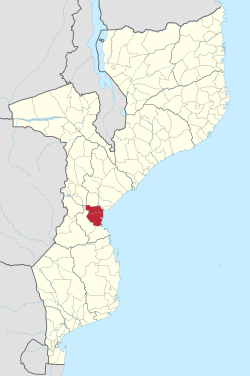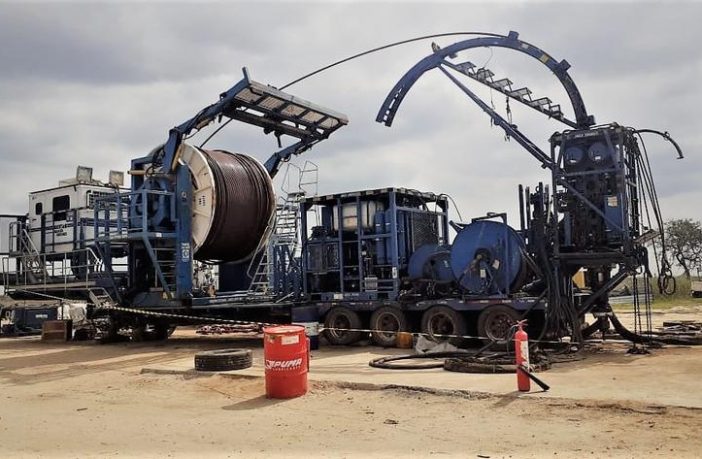- The drilling, testing and completion of the BS-1 and BS-2 holes, which ended last September 23, has revealed strong indications of the existence of natural gas in the various geological formations.
- According to Buzi Hydrocarbons, the operator of the Búzi Block, “indications of natural gas were found in the Upper and Lower Grudja geological formations”.
The next step will be the evaluation of this possible discovery for confirmation and subsequent information to the Government which, depending on the quantities, must approve a plan for the monetisation of the discovered resources.
Buzi Hydrocarbons’ prospecting activities consisted of the acquisition of around 600 km of seismic data and culminated in the identification of prospects that could accumulate hydrocarbons. To assess the presence of hydrocarbons, the Indonesian oil company in February, 2020, began the opening of two research wells, namely the Buzi Shallow-1 (BS-01) and the Buzi Shallow-2 (BS-02).

Búzi Block Area Mozambique. Image credit – Wikimedia Commons
The BS-1 hole reached a total depth of 1,567 meters and throughout its drilling showed the occurrence of natural gas, in the Grudja Superior, G6, G7, G8, G9 and G10 horizons, and is awaiting production tests to confirm a possible discovery. The BS-2 hole, located 1,000 metres away from the first hole, was executed with the objective of evaluating the lateral continuity of the prospective horizons of the Upper and Lower Grudja Formations, which showed manifestations of natural gas in the first hole.
Both wells were executed within the scope of the work program of the respective Concession Contract for Exploration and Production agreed with the concessionaire in 2010, which provided for the execution of two exploration wells in the second and third exploration periods, respectively. During the first survey period and prior to the execution of the wells, Buzi Hydrocarbons reprocessed 300 km of pre-existing 2D seismic, reinterpreted 1,650 km of pre-existing 2D seismic, acquired, processed and interpreted 600 km of 2D seismic.
During the hole evaluation process, Buzi Hydrocarbons injected nitrogen to remove the completion fluids in the Upper Grudja formation, a procedure that made it possible to clean the well to remove possible obstructions and allow the gas to flow conveniently during the testing. Because the process caused the appearance of flames, the preliminary occurrence of natural gas was speculated. Despite this phenomenon, the oil company continues to carry out studies in order to determine the amount of natural gas available, a procedure clearly stipulated in the Petroleum Operations Regulation, approved by Decree Nr. 34/2015, of 31 December.
Author: Bryan Groenendaal











